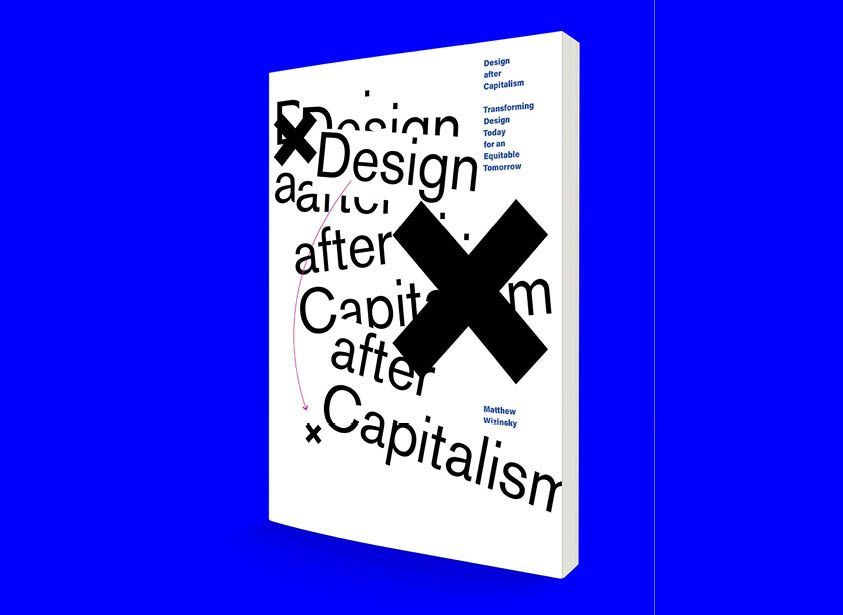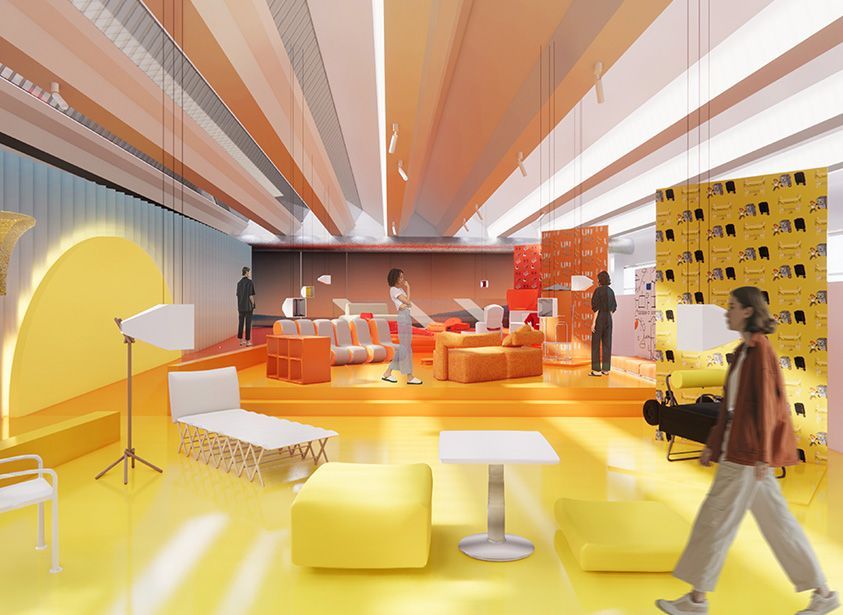Matthew Wizinsky on Post-Capitalist Design Practices

At a recent Disrupting Patterns Talk hosted at Domus Academy, Matthew Wizinsky, University Professor of Practice in Urban Technology, offered a methodical unpacking of how des ign might participate in what he calls “world making” beyond capitalist norms. Keep reading!

Known for his long-standing project Design After Capitalism, Wizinsky’s talk mapped a forward-looking trajectory through theory, pedagogy, and practice.
Opening with a reflection on his background as a professional designer, Wizinsky described his shift over the past decade toward integrating ideas from sociology and alternative economics into practical design frameworks. Citing influences such as sociologist Elizabeth Shove and economist Manfred Max-Neef, he framed design not as a discipline of object production but one of social practice. His examples ranged from pop-up exhibitions amplifying activist histories, to urban musical interventions, to AR projects aimed at visualizing climate futures.

Throughout, Wizinsky emphasised the need to engage people traditionally outside of design—teenagers in South Side Chicago, for example—in speculative worldbuilding. These participatory models reflect his belief in design not only as an applied discipline but as a mode of inquiry and empowerment.
He connected this participatory ethos with broader cultural shifts. Drawing on a 2016 poll indicating that 51% of young Americans disapprove of capitalism, Wizinsky underscored what he sees as a critical “crisis of imagination.” Referencing theorist Frederick Pollock, he warned that a loss of future visions often signals civilizational decline. In response, Design After Capitalism becomes both a pedagogical and political intervention: not just a critique of current systems, but an exploration of viable alternatives.
One challenge he noted—encountered in his teaching—was the difficulty students faced in designing outside of market-based assumptions. Even when dissatisfied with capitalism, students found it hard to envision viable alternatives. However, by imposing creative constraints and drawing on the language of needs and satisfiers, new ideas emerged: garments made entirely from salvaged textiles, flexible furniture systems, and toys as pedagogical tools. These examples hinted at futures based not on consumption but on shared values and regenerative practices.
Wizinsky’s interest in the social practice dimension of design became most apparent when he described three “post-capitalist pathways”: design for community economies, commons-based peer production, and networked local need satisfaction. Drawing from both theory and on-the-ground work, he outlined examples of peer-produced ecological technologies, shared via platforms like YouTube and TikTok.
Among his more concrete interventions is the Solarpunk Design Academy, a workshop series where participants build ecological tools like hydroponic systems and updraft stoves. These workshops foreground not only technical competence but also meaning-making—encouraging participants to identify with new, more sustainable ways of living.
Wizinsky closed by reflecting on his current work with students outside the traditional design disciplines—those studying urban policy, technology, and entrepreneurship. Here, he suggests design may serve as a connective methodology, bridging technical, civic, and imaginative work. Though still early in this pedagogical shift, he posits that social practices offer a durable conceptual ground for cross-disciplinary design education.
Wizinsky’s presentation was not a call for designers to solve capitalism, but rather to notice where alternative futures are already forming—and to consider how design might support them.





